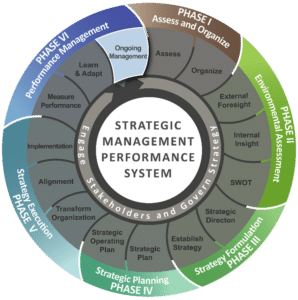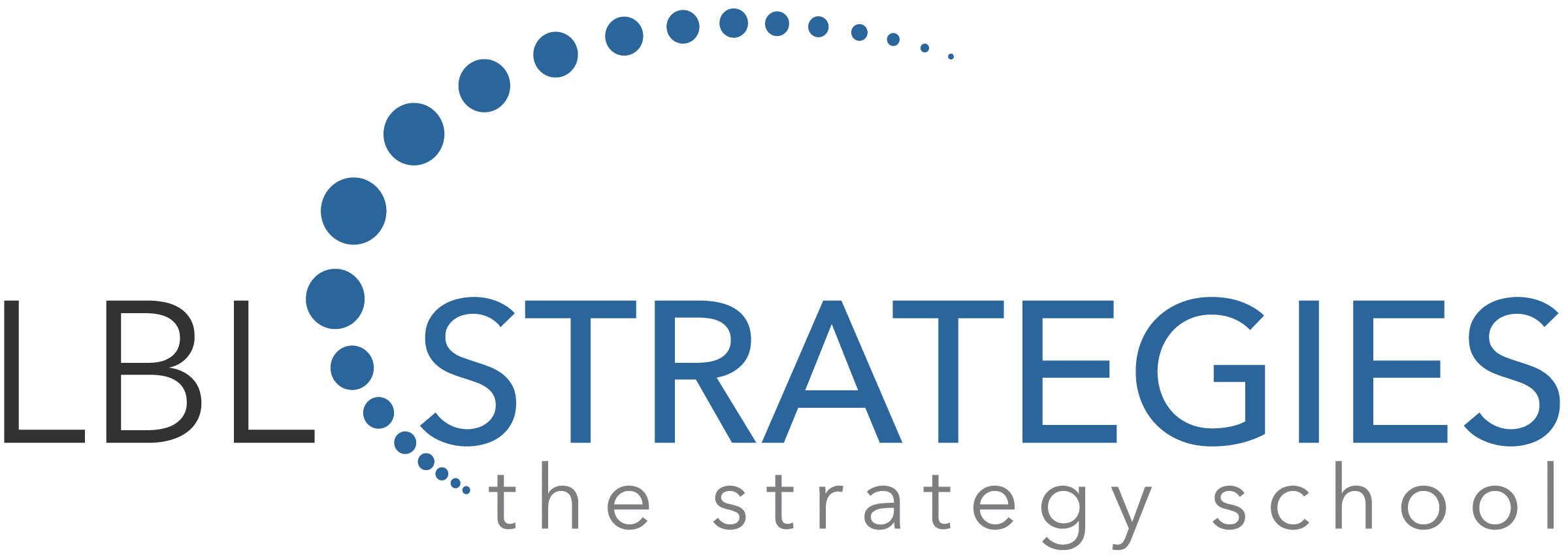To be effective at performance management, stakeholder engagement and strategic governance must be a continuous and integrated process.
Stakeholder Engagement – “To do all that is necessary to get the various stakeholder groups, particularly employees, to commit themselves to make the new strategy work.” [1]
Strategic Governance – The role of the Board of Directors and management team. Their charge is “to oversee the (entire) strategic management process. It entails, among
Long after the annual operating cycle has been completed, the actions dedicated to strategy execution continue. Members of the organization and other key stakeholders make decisions and adjust to the emerging changes in the environment that ripple through the organization, including the operating model.
Failure to effectively engage key stakeholders and govern this ongoing process accounts for many of the difficulties encountered in organizations who fall into the Strategy Execution Gap. To overcome this dynamic, stakeholder engagement and proactive strategic governance must be at work in all phases and tasks of the Strategic Management Performance System (SMPS) Framework. This is particularly true when it comes to Phase VI: Performance Management.
The performance management process is dynamic and constantly in need of improvement. This is a central point. It is not a linear process. Key stakeholder engagement and strategic governance will always be particularly important at varied times in the process, especially when it comes to managing strategy execution.
An effective way to cultivate engagement and mitigate the disruptive forces pressing on the organization is to adopt a continuous improvement mindset and build a governing capability requiring key stakeholders’ appropriate participation throughout the process. By doing so, the Board or governing body (to a lesser extent) and management (to a much larger extent) mitigate the challenges of winning over and motivating the workforce to embrace the strategy and strategic operating plan, both of which are subject to change at any time.
[1] IASP BOK 3.0, Chapter 5
[2] IASP BOK 3.0, Chapter 6
